In Fool's Fate, the third and final installment of Robin Hobb's Tawny Man trilogy, readers are treated to a masterful conclusion that weaves together the intricate threads of destiny, sacrifice, and the enduring power of friendship. Hobb, known for her rich world-building and deeply flawed yet relatable characters, delivers a narrative that is both poignant and thrilling, culminating in a tale that resonates long after the last page is turned.
The story picks up with FitzChivalry Farseer, the reluctant hero and assassin, embarking on a perilous journey to the island of Aslevjal. Accompanied by a motley crew that includes the enigmatic Fool, the old assassin Chade, the ill-fated Thick, and Prince Dutiful, Fitz is tasked with a seemingly impossible quest: to retrieve the head of the dragon Icefyre. This quest is not merely a physical journey but a symbolic one, representing the struggle for peace between the Six Duchies and the Outislanders, as well as Fitz's internal battle with his own fate and the prophecies that loom over him.
One of the most striking themes in Fool's Fate is the exploration of destiny versus free will. Throughout the trilogy, Fitz grapples with the weight of prophecy and the choices he must make to shape his own future. Hobb deftly illustrates how the characters' decisions, often fraught with emotional turmoil, impact not only their lives but also the fates of entire kingdoms. The tension between what is foretold and what can be changed is palpable, and it adds a layer of complexity to the narrative that keeps readers engaged.
Character development is another hallmark of Hobb's writing, and in this concluding volume, we see profound growth in Fitz and his companions. Fitz, who has always been defined by his loyalty and love for the Fool, faces the ultimate test of his character. His guilt over leaving the Fool behind, coupled with the fear of losing him to the prophecy, drives much of the emotional weight of the story. Hobb's portrayal of Fitz's internal conflict is both heartbreaking and relatable, as he navigates the treacherous waters of love, friendship, and sacrifice.
The Fool, a character who has captivated readers since his first appearance, is given a depth that is both surprising and satisfying. His relationship with Fitz is at the heart of the narrative, and Hobb explores the nuances of their bond with tenderness and complexity. The Fool's own struggles with identity and purpose are brought to the forefront, making him one of the most compelling characters in the series. The emotional stakes are raised as the story progresses, leading to a climax that is both devastating and cathartic.
Hobb's world-building continues to shine in Fool's Fate. The island of Aslevjal, shrouded in mystery and danger, serves as a fitting backdrop for the characters' final confrontation with their destinies. Hobb's vivid descriptions of the icy landscape and the lurking threats within create a palpable sense of tension and urgency. The setting is not just a physical location but a reflection of the characters' inner struggles, enhancing the thematic depth of the narrative.
Moreover, the novel delves into the theme of the cost of peace. As Fitz and his companions confront the dragon Icefyre, they are forced to reckon with the sacrifices required to achieve their goals. Hobb does not shy away from the harsh realities of war and conflict, and the moral ambiguities faced by the characters add a layer of realism to the fantasy narrative. The question of whether the ends justify the means is a recurring motif, prompting readers to reflect on the complexities of human nature and the choices we make in pursuit of a greater good.
In terms of pacing, Hobb expertly balances moments of introspection with action-packed sequences. The tension builds steadily as the crew faces various challenges, both external and internal. The stakes are raised with each chapter, leading to a climax that is both thrilling and emotionally charged. Hobb's ability to weave together multiple plot threads while maintaining a cohesive narrative is a testament to her skill as a storyteller.
As the trilogy comes to a close, readers are left with a sense of bittersweet resolution. Hobb does not provide easy answers or tidy conclusions; instead, she offers a nuanced exploration of the characters' journeys and the impact of their choices. The ending is both satisfying and thought-provoking, leaving readers to ponder the implications of the characters' actions long after they have finished the book.
In comparison to other fantasy authors, Hobb's work stands out for its emotional depth and character-driven storytelling. While many fantasy novels focus heavily on epic battles and grand quests, Hobb's narratives are grounded in the intricacies of human relationships and the moral dilemmas faced by her characters. Readers who appreciate character development and emotional resonance will find much to love in Fool's Fate and the Tawny Man trilogy as a whole.
In conclusion, Fool's Fate is a triumphant and moving conclusion to Robin Hobb's Tawny Man trilogy. With its rich themes, complex characters, and masterful storytelling, it cements Hobb's place as one of the preeminent voices in contemporary fantasy. This book is not just a tale of dragons and quests; it is a profound exploration of love, sacrifice, and the choices that define us. For fans of character-driven fantasy, this is a must-read that will linger in the heart and mind long after the final page is turned.
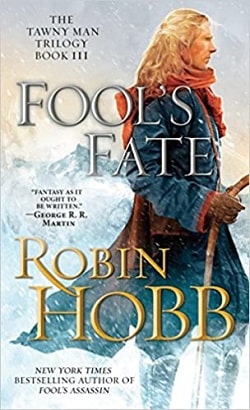



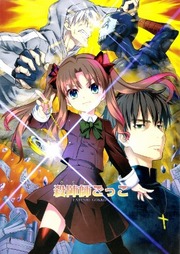
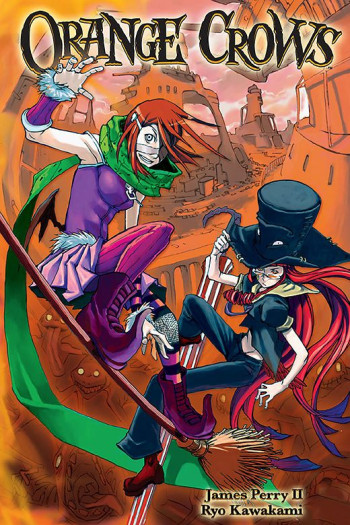

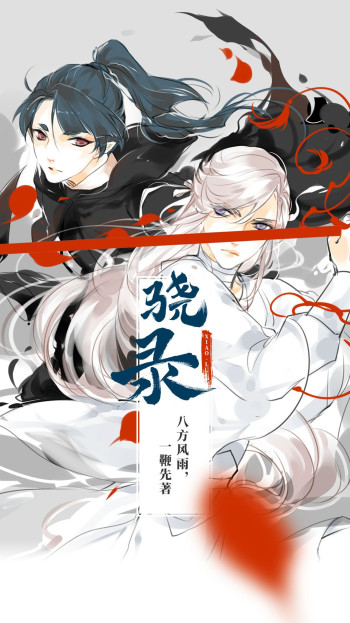
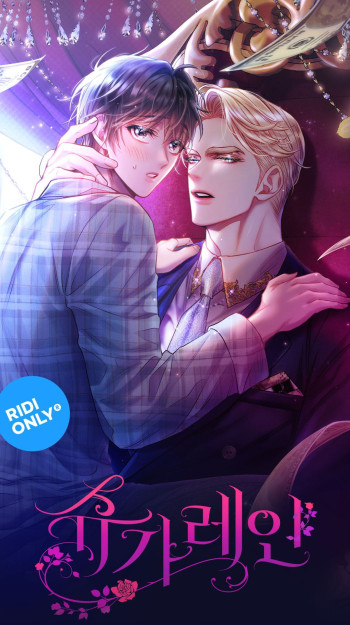


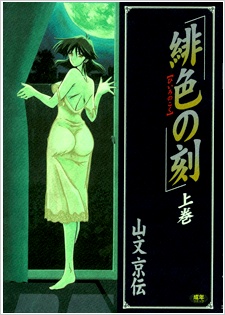












Reviews 0
Post a Reviews: